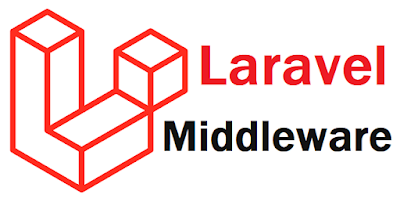Concept of Laravel Routing, Resource and list
Laravel Routes are defined in web.php file which is called by default and resides in routes directory. URL prefix is applied directly and automatically in laravel, you don't have to apply the prefix to each route individually. Router methods list are available like get, post, put, patch, delete, any.
Any form request which point to Route method like post, put, patch, delete you must have to include the csrf token field.
Basic Route Example :
Route::get('/', function () { return 'Welcome to Laravel Basic Routing.'; });
Route::get('/user-profile', 'ProfileController@showProfile');
Redirecting Route to another Route in Laravel
Laravel provide redirect route to another route facility. if you want to redirect the one route to another route. Route redirect return 302 status by default, we can customize the status code using third parameter. See the below code for above two statement.
Route::redirect(' /one-route ', '/other-route');
Route::redirect(' /one-route ', '/other-route', 301);
View Route in Laravel
Route::View method is one useful method in laravel which we can use if we want to show the view only. This provide the shortcut way to redirect the route to view without defining all the route and controller.
Route::view method accepts three parameter, one is URL string, second argument is view name and third argument is some additional parameter as a array. Below is the code for reference.
Route::view('/my-profile', 'user-profile'); Route::view('/my-profile', 'user-profile', ['name' => 'Umesh']);
Laravel Named Route
Named Route is a friendly name given to the route the reference. We can use Named rout to specify the particular Route as well as to generate the URL / to redirect to specific URL.
Route::post('profile-data/save', 'ProfileController@saveProfile')
->name('profileData');
You must keep the route name always unique. Generating / Redirecting Url for Names Route is below for your reference.
$url = route('profile');
return redirect()->route('profile');
With Name Route we can pass the second or third parameter as a argument.
Route::post('profile-data/{id}', 'ProfileController@updateProfile')
->name('profileData');
To pass the parameter as argument in the named Route code is below for your reference.
$url = route('profile', ['id'=>1 ]);
If we pass the additional parameter in the array, that will be automatically added in the URL generated query String. Below is the example for reference.
$url = route('profile-data/{id}', ['id' => 1, 'rollno' => '1004']);
URL String generated is below /1/profile?rollno=1004
Laravel Route Prefix Defination
Laravel prefix method can add the prefix to the group of route with given URL. Simple example is most of the web application have the admin section. Now as a developer I want to add admin as a prefix to all the route which point to admin pages. Below is the code for your reference.
Route::prefix('admin')->group(function () { // You have to define all your route here. });
Apply Middleware on Route
We can assign the middleware to the group of route in the routes Directory. As we know that Middleware act as the middle man between the HTTP request and Application, it filter and restrict the unwanted HTTP request to access the application. Below is the code for reference.
Route::middleware(['AdminMiddleware', 'AuthMiddleware'])->group(function () { // Specify All the route in this group. });
Laravel Fallback Route
Route::fallback method is another feature of Laravel Routing in which we handle the HTTP request which do not match with our route list. By default laravel render the 404 not found page using exception handler. Now laravel fallback method you can define and redirect to the view which will get execute if not HTTP request matches.
You must always define the Route::fallback method at the last of route file. Below is the code for your reference.
Route::fallback(function() { return 'You have landed on wrong url. '; });
Current Route Access
We can Access the current route which is handling the HTTP request using current, currentRouteName and currentRouteAction methods. Below is the code example for your reference.
$currentRoute = Route::current(); $routeName = Route::currentRouteName(); $routeAction = Route::currentRouteAction();






